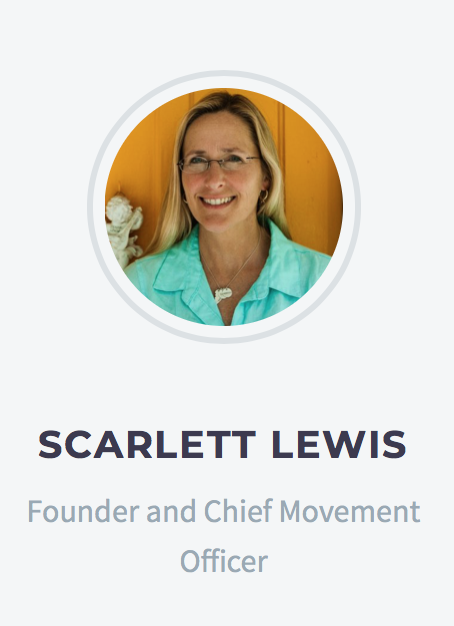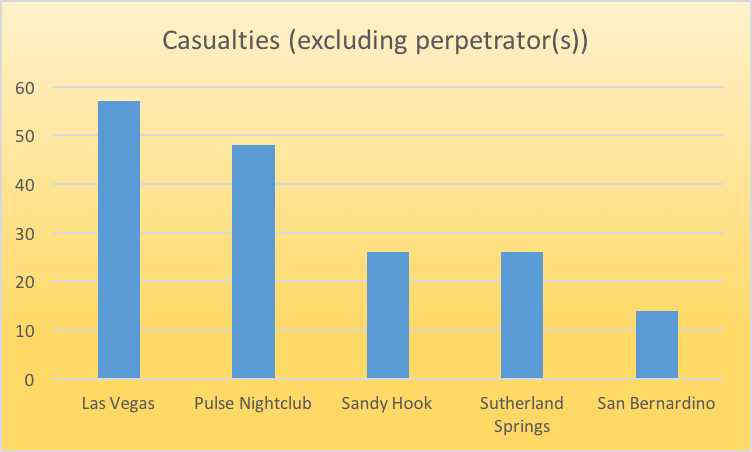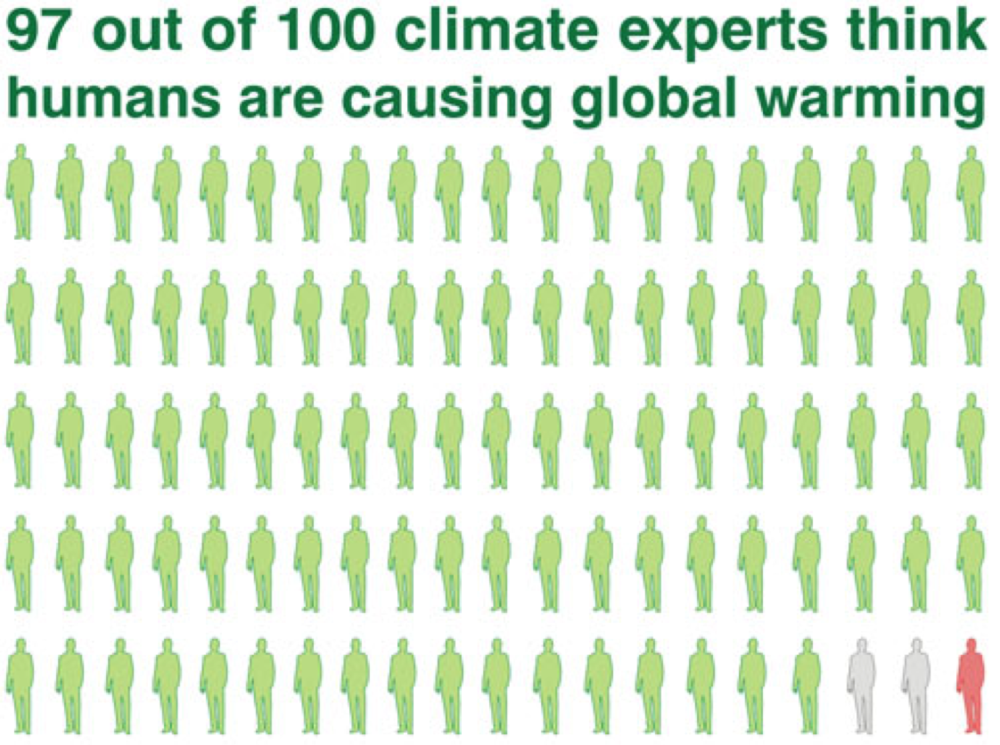By Michael Brennan
December 14, 2012, is a day that will haunt Newtown, Connecticut for decades to come. But it does not want to be defined by this one tragedy.
As the five-year anniversary has drawn closer, the residents find it a dreadful reminder of the emotions they felt that day. Even with more mass killings in the United States since 2012, the shootings at Sandy Hook still generate a sense of horror and dread and have led to calls for tighter gun control measures.
While the event is forever burned into the memories of residents, the town is making the conscientious choice to move forward and not be defined by one singular tragedy.
Scarlett Lewis lost one of her sons, Jesse, in that fateful day. When the news broke, she was devastated. Jesse was six-years old at the time.
Jesse was known for his bravery in the face of danger. During the shooting, he looked the gunman in the eye and told his classmates to run away from the gunman according to one of the parents in the April 21, 2013 broadcast of CBS’s Face the Nation. Jesse was shot and killed by Adam Lanza, looking at Lanza straight in the eye in his final moments.
While Lewis was faced with the biggest nightmare a parent could have, she didn’t want this to permanently change her outlook on life. She noticed other people had let their emotions cloud their better judgement.
“…I watched how other people reacted,” Lewis said. “And a lot of people reacted in anger. When something bad happens, the first thing we say is ‘whose fault is it?’ But I realized that if I did that, I would be another victim of Adam Lanza.”
Prior to her son’s death, Lewis worked as a realtor and municipal bonds trader. Today her life’s goal is to spread love and compassion to productively nurture children who have troubled upbringings and angry emotions. The inspiration for the cause came from Jesse himself.
Every day before school, Jesse would write on a chalkboard. It would be a new word he learned, a drawing, or something that showed he loved his parents. Lewis said that in the immediate aftermath of the shooting, she had found three words Jesse had written on the chalkboard: “Nurturing, Healing, Love.”
“I knew (then) that if the shooter in our situation had been able to give and receive love, the tragedy wouldn’t have happened. So that lead me to my mission,” Lewis said.
Soon after this discovery, Lewis started the Jesse Lewis Choose Love Foundation. Through this charity, she hopes to stop acts of rage by giving tools to parents and classrooms to show compassion for children around the world.

From the Jesse Lewis Choose Love website
Lewis is one of several parents of victims who has started a foundation in honor of their late children. She gives frequent speaking engagements preaching her methods of how love can impact one’s life. She spoke this fall at Quinnipiac University in Hamden, Connecticut. Previously she had delivered a TEDx talk in Fayetteville, North Carolina in 2014.
“We are gonna have to create the change we want,” Lewis said.
How was Lewis able to take action after Jesse’s death so quickly? She credits her “tremendous faith in God,” but not everyone is able to live with such a tragedy in a short amount of time.
As grief is considered a normal part of the human experience, there has not been much research done on what grief may do to a person, let alone to a parent who lost their child. In the April 2011 Social Work academic journal published by the Oxford University Press, author Elizabeth C. Pomeroy would probably categorize Lewis as a “resilient” person. Pomeroy describes a subject, Jan, who developed thyroid cancer after her husband’s death and had their mother die of ovarian cancer two years after her own diagnosis. Despite occasionally feeling negative emotions and having to care for her children at the same time, Jan did not let her problems affect her life too much.
“This is not to say there were not times when (Jan) was depressed, anxious, exhausted or in crisis. She experienced a roller coaster of emotions over several years. However, throughout all the bleak periods of her life, she managed to reach out for help, successfully parent her two teenage children, and restore herself to good health,” Pomeroy wrote of Jan.
Pomeroy wrote that the best way to help someone who is going through the sometimes-lengthy process of grieving a loss is to be empathetic towards the person and what they have lost.
“Although empathy has been used by social workers as a basic tool in practitioner-client communication, research during the past decade has examined the neuroscience at the core of this skill. Clearly, empathy is a key component in assisting a grieving child, adult, or family,” Pomeroy wrote.
Organizations such as Lewis’s are using the event to enact positive change or start preventative measures to stop events like this from happening in the future. Many of the prominent charities include the Boston-based Safe & Sound Schools which is focused on school safety and the Catherine Violet Hubbard Foundation which focuses on animal conservation.
The Sandy Hook Promise is the most well-known of these charities that came post-shooting, however. According to the charity’s co-founder Mark Barden, their mission is to “prevent gun-related deaths … so that no parent experiences the senseless, horrific loss of their child.”
Barden lost his son in the attack that fateful day. Since then he has dedicated his life to helping people learn the signs of whether someone will hurt themselves or other people before it is too late.
“Our shooter gave off signs for many months, and we know that many others since have as well. We want to be able to teach people that these tragedies are preventable when we know the signs,” Barden said.
Connecticut Governor Dannel Malloy created Sandy Hook Advisory Commision in 2013 to figure out what possible motives Lanza may have had to terrorize the school. It appears to agree with what Barden was saying before: while the group does not know what type of mental illness Lanza had (e.g. psychotic or personality based), they do believe it is important to look for the risk factors of what may cause someone to commit such a heinous act without stigmatizing people with mental illnesses in general. External factors like parental and/or substance abuse and internal factors such as high levels of anger are considered signs to look out for when identifying a potentially dangerous individual.
The SHAC has recommended massive amounts of gun control reform in the state such as mandatory background checks for every weapon (approved and adopted) and requiring gun licenses and firearm permits to be renewed on a regular basis (not approved nor adopted).
The lack of considerable federal gun control reform was noted by the nation as a whole. In particular, Former President Barack Obama considers the lack of legislation after Sandy Hook, such as the failed ban on assault weapons in 2013, the “biggest disappointment” of his career in an interview with NBC News.

The assault rifle used in the school, a magazine and the rifle used against Lanza’s mother (source: Sandy Hook Advisory Commission)
“I thought that ‘okay, this has to be a catalyst for some action by Congress.’ I didn’t expect some huge movement on gun safety legislation but I thought ‘well, they’re going to have to make some effort.’ And the fact that it didn’t even get the kind of hearing and votes that you would have expected… you had bipartisan legislature and it didn’t even matter,” Obama said in January 2017.
According to Barden, the Sandy Hook Promise was a major reason that President Obama was able to reform mental health issues as part of the 21st Century Cures Act that he signed into law in December 2016.
Regardless, there was very little change at a legislative level and (along with the Aurora, Colorado shooting in August 2012) kick started a trend of mass shootings across the country. In particular, the Pulse Nightclub shooting in Orlando, Florida in June 2016 and the Las Vegas shooting in October 2017 were both far deadlier than Sandy Hook shooting, with Vegas in particular having more than double the casualties of it.

The five deadliest shootings of the past five years in the United States (source: Gun Violence Archive)
While Barden knows that Connecticut will be forever impacted by this day, his organization has focused much more on national legislation. Sandy Hook Promise is based in Newtown, but has field offices in Florida, Massachusetts, Ohio, Washington, D.C. and California. They have not made public appearances and calls for help for a while, but do occasionally help those affected by other mass shootings such as the Disarm Hate Rally that happened in August 2016 to support the victims of the Pulse Nightclub shooting.
Changes were also able to be made at the site of the attack itself. The Newtown Board of Education is trying to maintain a positive atmosphere for the children attending the town’s elementary schools.
One Board of Education member, who requested to remain anonymous, says that several programs started in the years following the shooting to create a productive future for the town.
The board spearheaded many changes and new organizations to the school including the climate and culture committee, the teacher forum and a new daycare for faculty members.
Regardless, the town will be affected by this for a long time and is still in the process of recovery.
“It’s still a process. It’s still difficult. It’s going to take time to heal all wounds,” the Board of Education Member said, trembling.
Newtown resident KC Mills agrees with that sentiment. She lives roughly one mile away from the school, and can recall what happened to her that day as if it had just happened.
Originally from New Hampshire, Mills had four friends driving into Newtown to pick her up to go shopping and head down to New York City. When the news of a shooting broke out, they were only ten minutes away from her house.
Once her friends arrived, they went to the Danbury mall to relax and find out what was happening while away from the town. Mills was not prepared for what her husband would tell her.
“I asked my husband who was a policeman to see what was going on,” Mills said. “We went to the Danbury mall and when we were having lunch, my husband called me back and said that they think there are 20 people dead and mostly believed to be children. You just don’t want to believe it, like you want to tell them you’re wrong. We got back home and… we know what happened.”
Michelle Babyak, one of Mills’s friends, is a photographer who lives in Newtown. She was not planning to be with Mills that day, but had considered taking pictures of the shooting to document history. However, she was not emotionally able to handle the tragedy as it was unfolding.
While she is able to cover events related to the attack five years later, she remembers the tragedy hitting too close to home.
“I was not comfortable covering certain things (involving the shooting) at the beginning,” Babyak said. “I am covering the mass for the anniversary this year, but it’s just for the church. I felt as a photographer I should document it, but it made me very uncomfortable so I didn’t do a lot.”
It took some time for the public to find out what happened that day, which greatly worried Babyak, whose son was a junior at a nearby high school at the time of the shooting.
“It was crazy, not knowing what was going on was probably the worst part of it all. I didn’t have anybody in Sandy Hook, my son went to the high school about a mile through the woods. It was scary having my son, who was a junior at the time, in lockdown and it was scary not knowing if… all the reports were accurate. We really didn’t know if there was another shooter,” Babyak said.
Mills, like many people in the United States, has to ask herself tough questions when it comes to such tragic events, like if she has become desensitized to gun violence or how well people affected have recovered since that day.
“I think some have recovered and some haven’t. One of the big things is how people feel about guns… I think the town is doing the best they can… It’s become common. It’s not a gut-wrenching reaction that I have for the first three or four, (I find myself asking) ‘have I become numb to these horrific acts?’” Mills said.
Despite that sentiment, Mills hopes the town is able to move forward in the future, for the sake of the children who bore the brunt of trauma from that day.
“I think of the children who survived, like our friend’s daughter. Will she ever have a normal life? She still can’t handle fireworks… she should have been a happy little girl,” said Mills.
In the weeks after the shooting, she was not happy with the attention brought to her town. When someone found out she was from Newtown while out shopping, Babyak “…felt uncomfortable because you just wanted to be in Newtown with people who could support you rather than onlookers… you kind of just wanted to sit at home.”
More than anything, what the town wants to do is to create lasting change from the infamous day and create positive and lasting influence in preventing mass shootings like this from ever happening again.
In 2013, the Newtown government set up the Sandy Hook Permanent Memorial Commission, which hosts monthly meetings about how to commemorate those who lost their lives five years ago. Their website has posted drone footage of the path to the victims’ memorial for those who are not able to go.
This is one of several ways that the town itself is trying to honor the children and adults from that day: never forgetting, but making sure it does not shroud the event in painful feelings.
The parents, the charities, the Newtown Board of Education and the Newtown residents still struggle to move forward from the event, but know that the only way to move past tragedy is to give as much positive impact to the world as they can.
“We don’t define love. Love could mean different things to different people… what we teach is how to have healthy relationships, deep meaningful relationships,” Lewis said.
“We also have and amazing group of almost 3,000 Promise Leaders, who help us bring our programs into school and communities around the country, help advocate for change and support sensible policy where they live,” Barden said.


